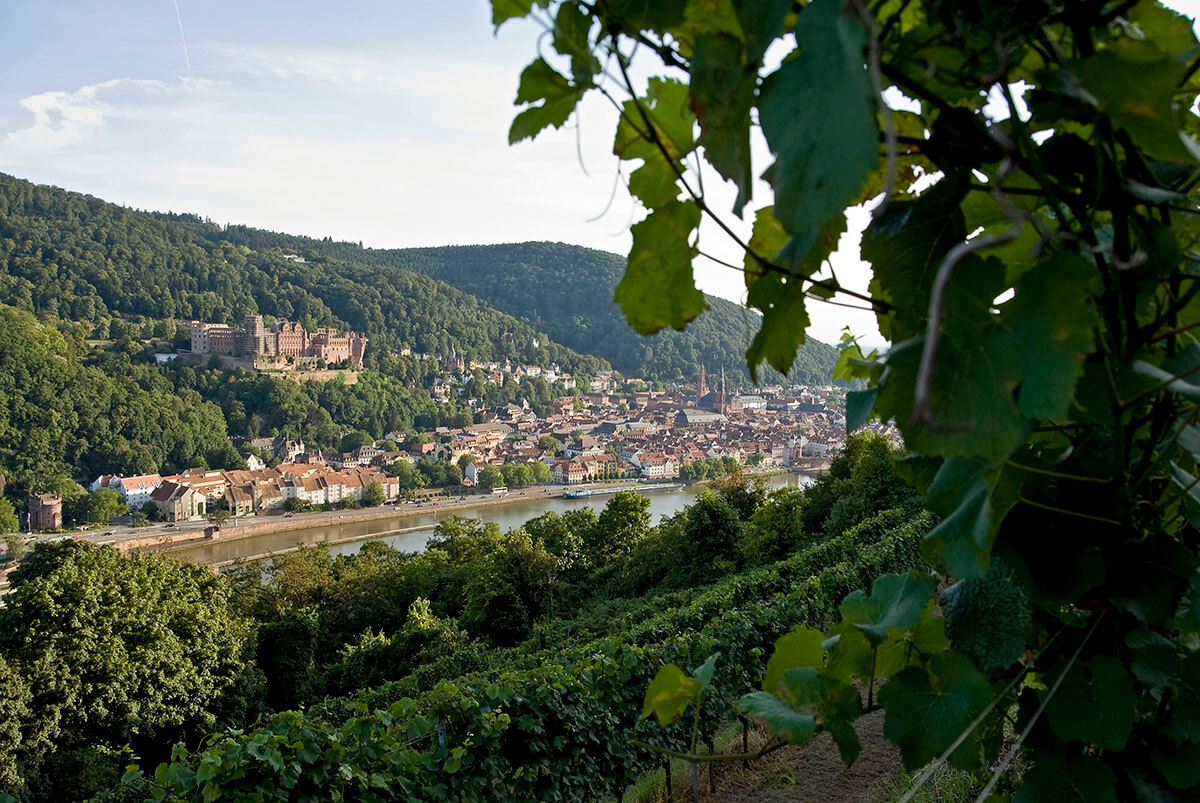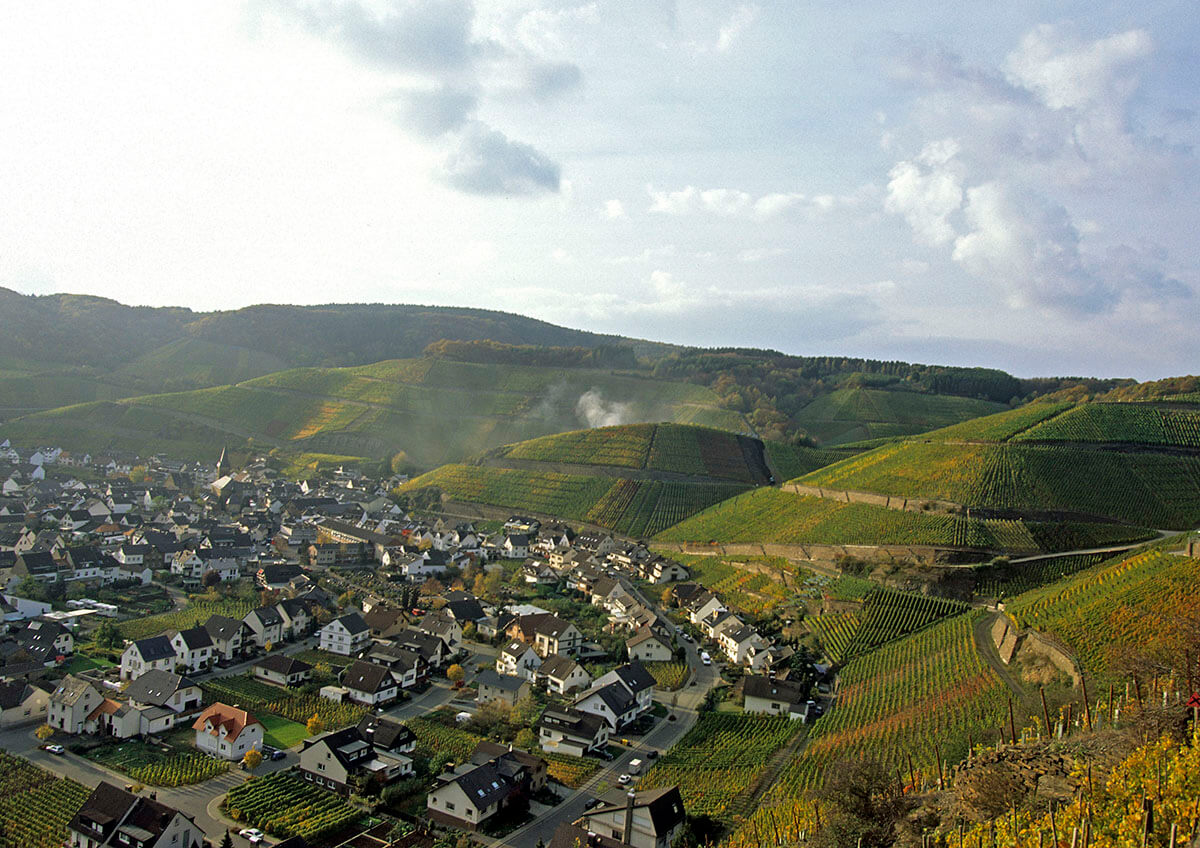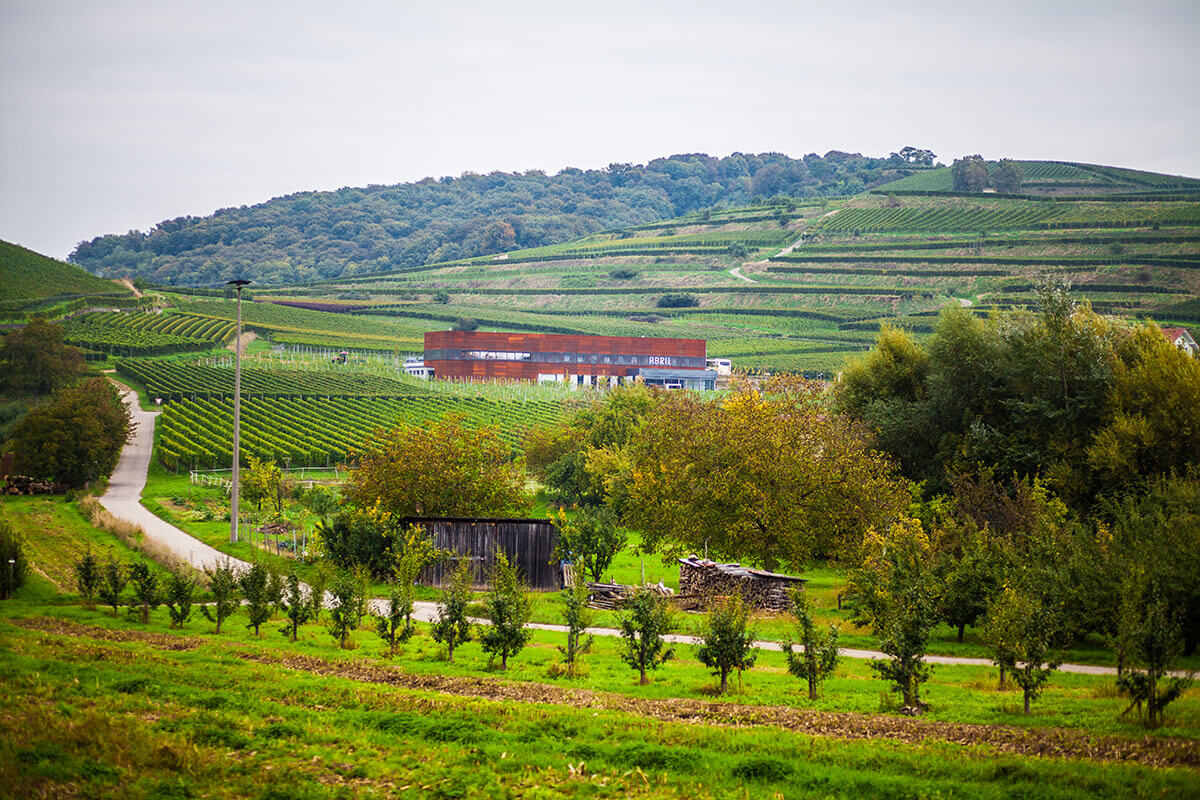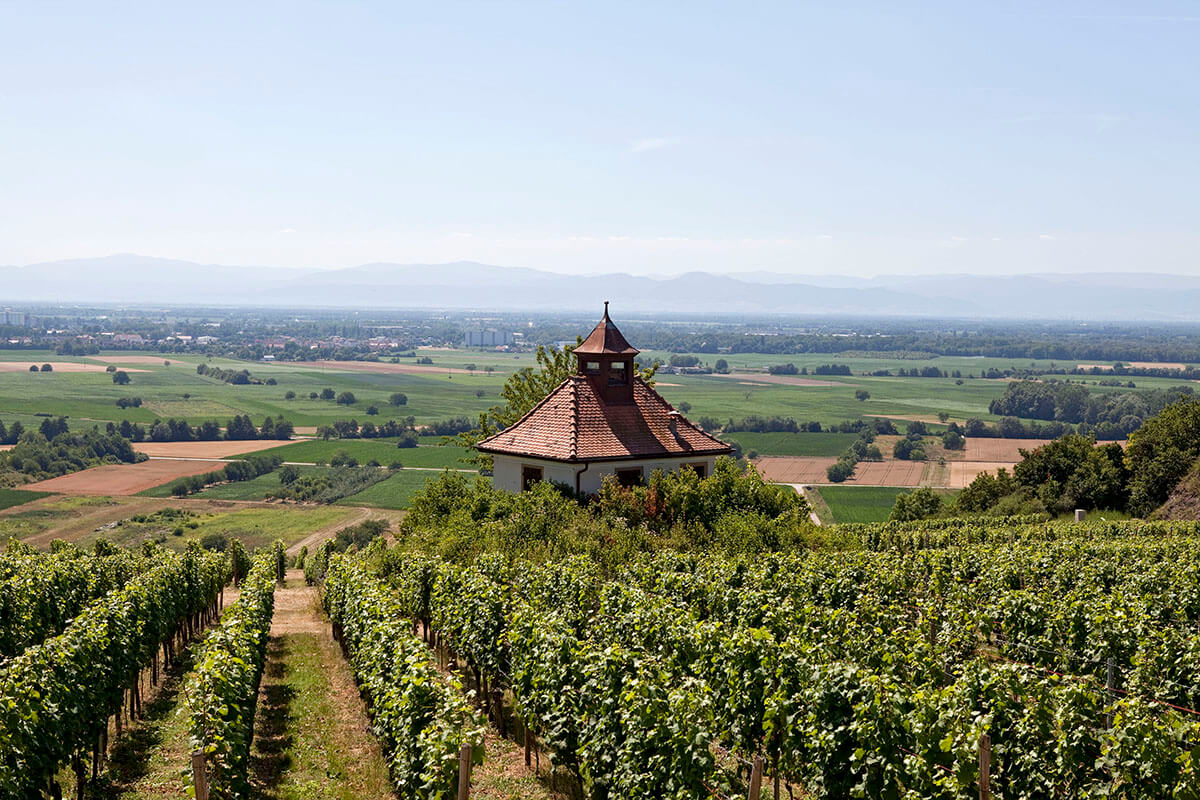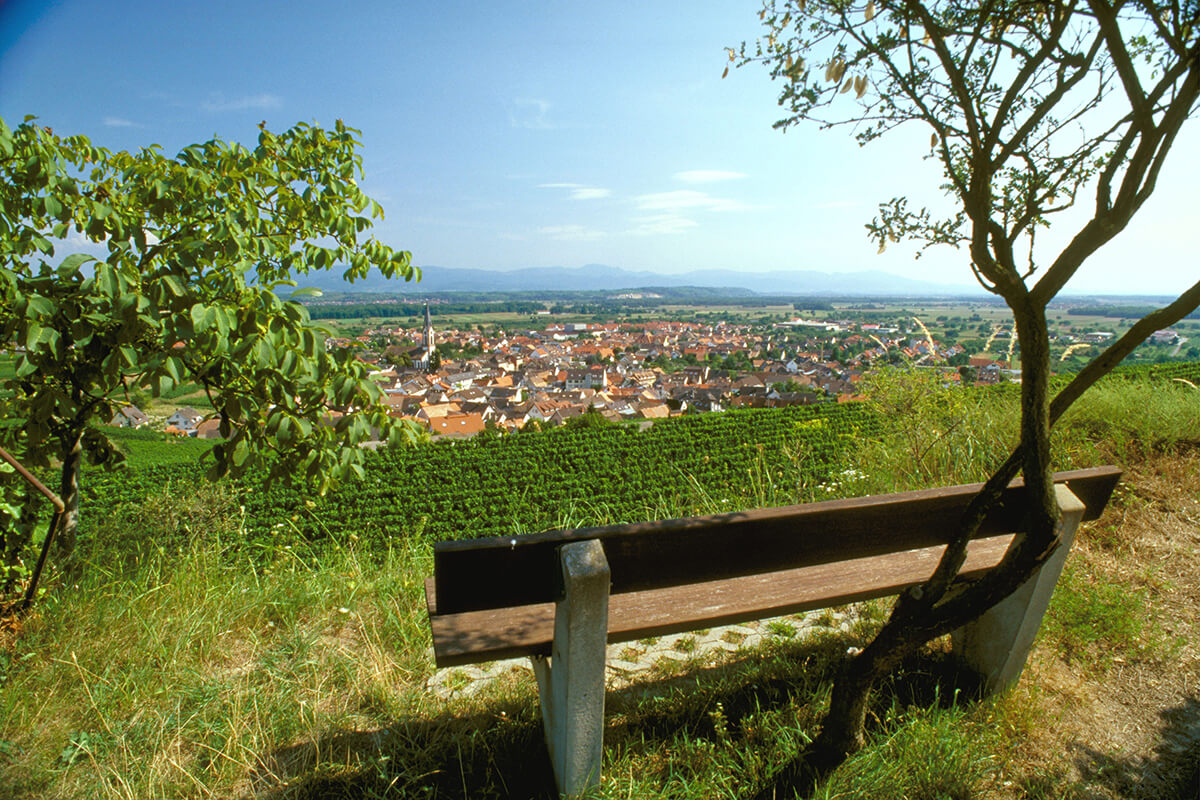Introduction
Baden is the southernmost of Germany’s wine regions; Nearly half of the vineyards are planted with Burgunder varieties (Spätburgunder, Grauburgunder, Weissburgunder).
Famous Baden tourist attraction Heidelberg Castle has graced the pages of Mark Twain, Victor Hugo, and Jules Verne and is home to “The Great Cask” – a wine vessel dating back to 1750, which can hold over 220,000 liters of wine, measures 23 feet wide and 28 feet long, and is big enough for a dance floor to be erected atop it.
Statistics
Major Towns: Heidelberg, Karlsruhe, Baden-Baden, Freiburg
Districts: 9
Collective Sites: 16
Individual Sites: 301
Vineyard Area: 15,828
Terroir
Climate
– Long sun hours and warm summers
– Mild winters
– It is the only German wine region that climatically falls within the EU wine zone B (the warmest region in Germany)
– The Mediterranean climate allows for the growth of citrus fruits, almond trees, and orchids
Soil
Shell-limestone in Tauberfranken. Elsewhere, a wide variety including keuper, loam, loess, granite, clay, limestone and sand. The Kaiserstuhl is an extinct volcano, while glacial deposits (moraine) are typical near Lake Constance.
Top soil types:
Moraine
Clay
Loess
Loam
Granite
Sand
Volcanic soil
Shell-Limestone
Marl
Terrain
Baden is primarily a long, slim strip of vineyards nestled between the hills of the Black Forest and the Rhine River, stretching from Heidelberg and the Tauber Valley in the north to the Swiss border and Lake Constance in the south.
The sunny, warm climate is influenced by the region’s position between the ridges of the Palatinate Forest and the Oden Forest, and between the Vosges Mountains and the Black Forest. They offer protection from cold wind and keep heavy rains at bay, while allowing Mediterranean airflow through the “Burgundian Gate” into the Rhine Plain.

